Increasing Adoption of IoT Devices
The proliferation of Internet of Things (IoT) devices is a key driver for the Micro Battery Market. As more devices become interconnected, the demand for compact and efficient power sources rises. Micro batteries are particularly suited for IoT applications due to their small size and ability to provide reliable energy. According to recent estimates, the number of IoT devices is expected to reach over 30 billion by 2025, creating a substantial market for micro batteries. This trend indicates a growing need for energy solutions that can support the functionality of these devices without compromising on space or weight. Consequently, the Micro Battery Market is likely to experience significant growth as manufacturers seek to meet the energy demands of an increasingly connected world.
Surge in Demand for Medical Devices
The Micro Battery Market is witnessing a surge in demand driven by the healthcare sector's increasing reliance on advanced medical devices. Innovations in wearable health monitors, implantable devices, and diagnostic equipment necessitate compact power sources that micro batteries can provide. The global market for medical devices is projected to reach approximately 600 billion dollars by 2025, with a substantial portion attributed to portable and wearable technologies. This growth suggests that micro batteries will play a crucial role in powering these devices, ensuring they remain functional and efficient. As healthcare continues to evolve, the Micro Battery Market is poised to benefit from the ongoing advancements in medical technology, which require reliable and long-lasting energy solutions.
Expansion of Consumer Electronics Market
The expansion of the consumer electronics market is a pivotal driver for the Micro Battery Market. With the continuous introduction of new gadgets, including smartwatches, wireless earbuds, and portable gaming devices, the demand for compact and efficient power sources is escalating. The consumer electronics sector is anticipated to reach a valuation of over 1 trillion dollars by 2025, highlighting the significant market potential for micro batteries. As manufacturers strive to create smaller and more powerful devices, micro batteries are likely to become the preferred choice due to their ability to deliver high energy in a limited space. This trend suggests that the Micro Battery Market will continue to thrive as it adapts to the evolving needs of the consumer electronics landscape.
Growing Focus on Renewable Energy Solutions
The increasing emphasis on renewable energy solutions is driving the Micro Battery Market towards more sustainable practices. As the world shifts towards greener energy sources, the demand for energy storage solutions that can efficiently harness and store renewable energy is rising. Micro batteries, with their compact size and efficiency, are well-positioned to support this transition. The renewable energy market is projected to grow significantly, with investments in solar and wind energy expected to exceed 1 trillion dollars by 2025. This growth indicates a potential increase in the need for micro batteries to store energy generated from these sources, thereby enhancing the Micro Battery Market's role in the broader energy landscape.
Technological Advancements in Battery Chemistry
Technological advancements in battery chemistry are significantly influencing the Micro Battery Market. Innovations such as solid-state batteries and lithium-sulfur technologies are enhancing energy density and safety, making micro batteries more appealing for various applications. These advancements not only improve performance but also extend the lifespan of batteries, which is critical for devices that require long-term reliability. The market for advanced battery technologies is expected to grow substantially, with projections indicating a compound annual growth rate of over 20% in the coming years. This trend suggests that the Micro Battery Market will likely benefit from these developments, as manufacturers adopt new chemistries to meet the evolving demands of consumers and industries alike.
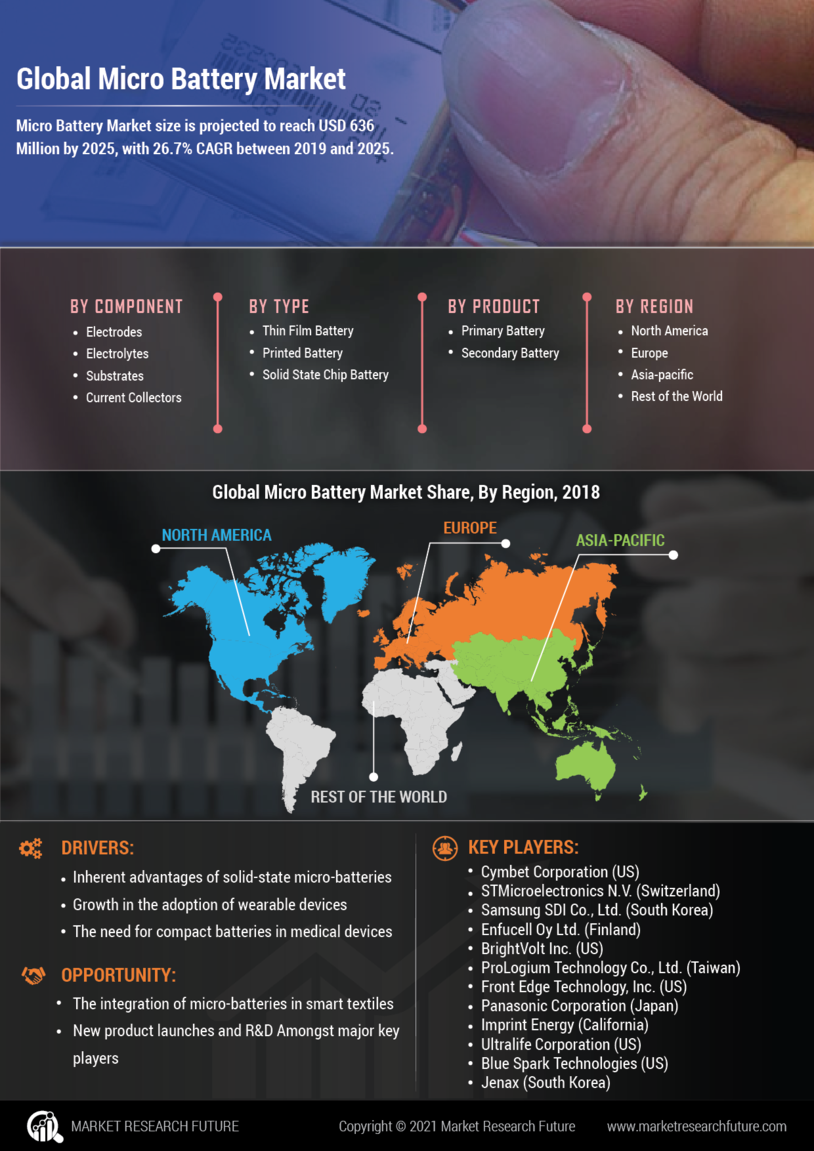

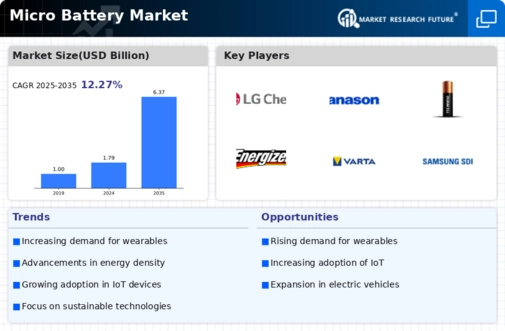
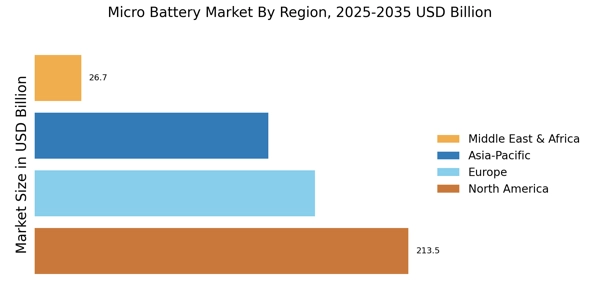


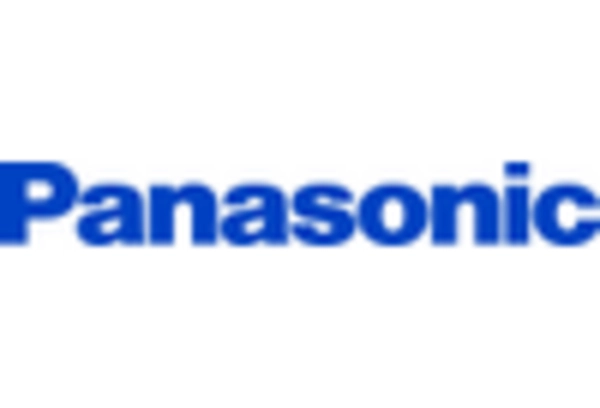
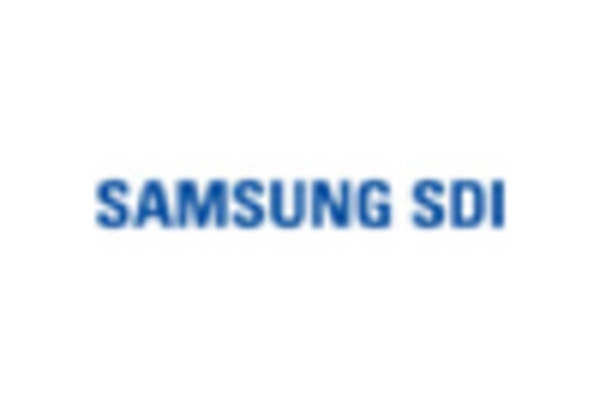
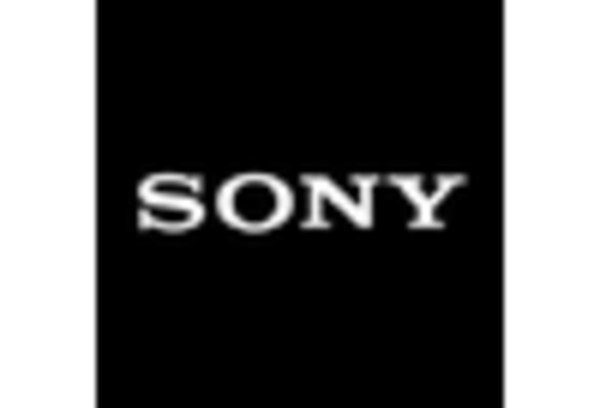
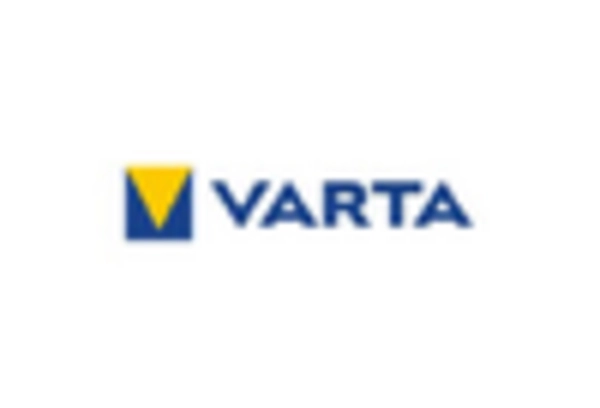








Leave a Comment